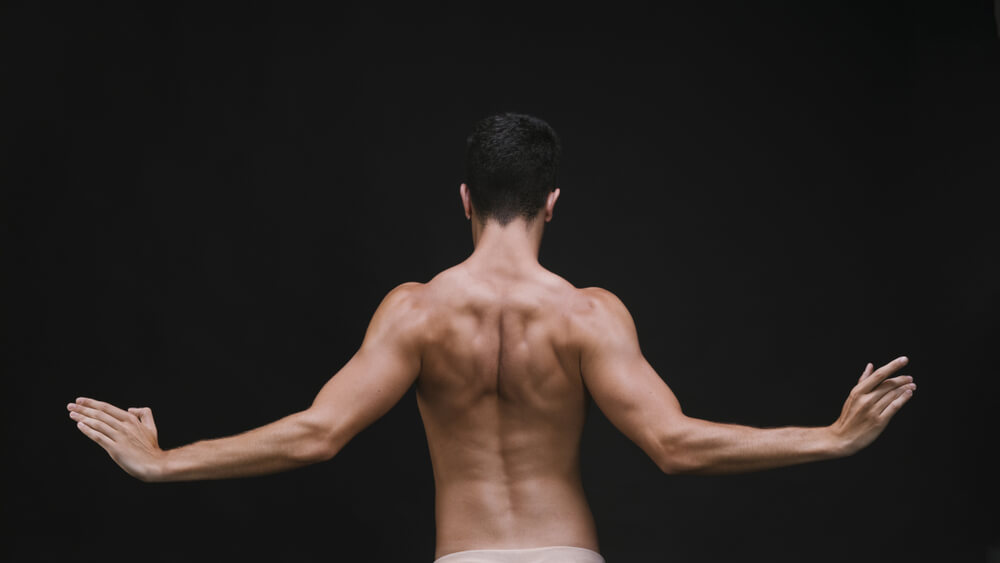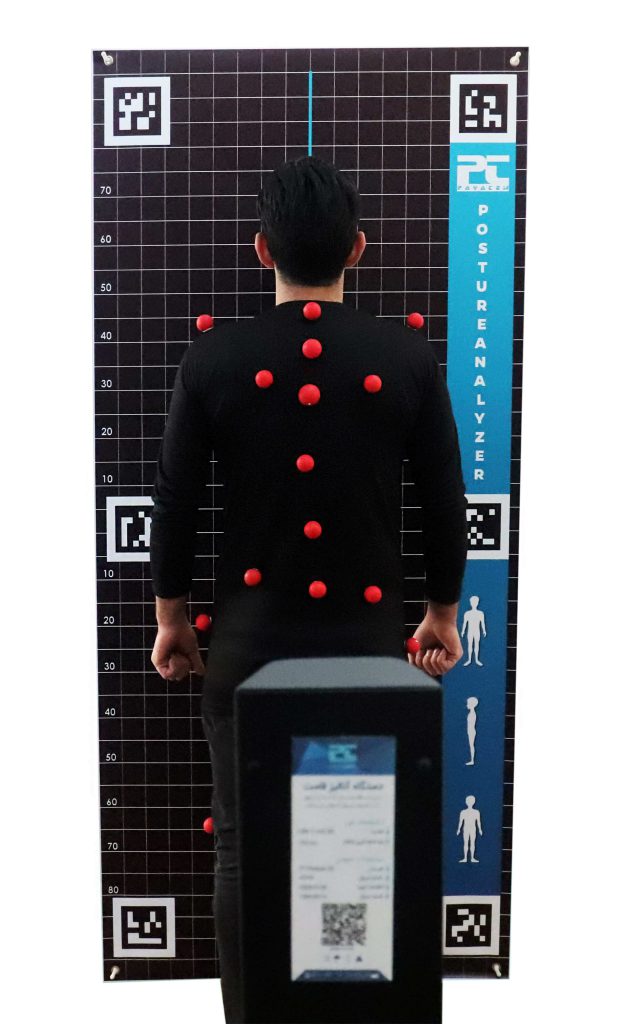The athletes postural condition is one of the areas that is most interesting to specialists, experts, and sports trainers. Athletes are constantly in motion, switching from one position to the next at almost breakneck speed. Athletes who are in good posture are able to perform extremely complex movements with great precision and a low risk of injury. They can also keep up a high level of energy and change their speeds at any time. On the other side, when an athlete has bad posture, more effort must be put into each action, which causes a quick energy drain. Also, poor posture, such as skeletal asymmetries, can lead to injuries in athletes caused by uneven weight distribution on one side of the body.
Athletes would have a better chance of performing at their peak if coaches, personal trainers, and sports therapists were more aware of the importance of posture.

Why is assessing the athletes posture important?
The relationship between an athlete’s trunk and muscular structure, as well as the bottom and upper regions of the body, makes it crucial to examine an athlete’s posture. Skeletal disorders directly affect how the muscle system works. It has also been established that in athletes, unbalanced muscle mass and weight distribution might cause skeletal issues.
Many athletes over strengthen some muscles, such as the quadriceps femoris, which leads to an imbalance in the forces generated by the quadriceps muscles and transmitted to the hamstrings, which in turn causes the anterior pelvic tilt issue for the athlete. This athlete has a misaligned spine, which causes hyper lordosis too, and makes the muscles around the hip joint inflexible.
What causes the skeletal systems of athletes to have asymmetries and abnormalities?
Exercises that concentrate on only one part of the body might cause asymmetries in the skeletal system. Workouts between symmetrical organs of the body must be balanced and uniform to maintain optimal posture. It is the point at which athletes should notice it.
Cyclists are prone to kyphosis, especially in the upper part of the spine and chest, which affects their aerodynamics and breathing efficiency.
In volleyball, the body’s serving, spiking, and defensive movements cause some muscle groups to become tight and others to become weak. This results in a shift in the way the body balances, aligns, and moves because it causes a muscular imbalance. Exercises for strong posture help the body progress toward symmetry, which lowers injury risk and boosts performance. A volleyball athlete’s common postural abnormalities include a forward head, rounded shoulders, and lordosis.
Athletes who do strength training, with weightlifting being its most common form, usually have lordosis problems.
Overuse of shoulder muscles can lead to poor posture in swimmers, though they often have broad, well-developed shoulders and strong physiques. Therefore, kyphosis is a common complication among swimmers.
Soccer is an endurance sport with complex sequential movements and a high risk of injury. Football players’ injuries are usually common in the lower limbs. The set of mechanical systems of the lumbar-pelvic-thigh vertebrae and the thoracolumbar fascia are involved in the load transfer between the lower and upper limbs. Investigating the asymmetries and abnormalities of the pelvis can be a clue to finding the cause of injuries in the lower limbs.

Correctly assessing the posture system
We have come to the conclusion that it’s critical to continuously analyze athletes’ postural health and skeletal system abnormalities in order to prevent injuries. Photogrammetric devices are particularly helpful because of their high accuracy in measuring abnormalities and comprehensive assessment of the body, as well as their cost-effectiveness.
Assessments of the condition of the body’s skeletal-muscular system are very reliable if done with computerized measurement equipment. According to research published in J Clin Diagn Res (2014), the photogrammetric method is the most reliable when comparing several methods for assessing spine abnormalities, including the visual observation method, goniometry, radiography, plumbline. In this method, advanced photography and digitalization are used. This method analyzes the skeletal system in an integrated manner with minimal errors.


 فارسی
فارسی